Introduction
Glutinous rice dumplings, commonly known as zongzi in Chinese, are a traditional delicacy enjoyed during the Dragon Boat Festival and other festive occasions. These sticky, aromatic treats are wrapped in bamboo leaves and filled with various ingredients such as sweetened red bean paste, salted meat, or even lotus seed paste. While the preparation and wrapping process can be quite labor-intensive, the cooking time can also be a significant factor, especially if you’re hosting a large gathering or simply crave a quicker snack. In this article, we’ll explore various methods and techniques to cook glutinous rice dumplings faster while ensuring they retain their authentic flavor and texture.
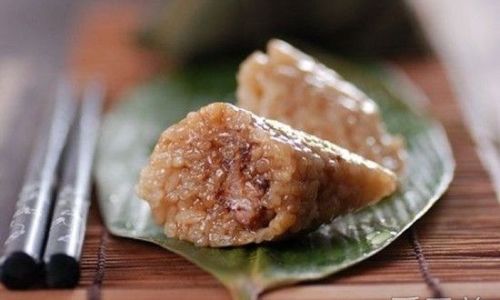
Understanding the Cooking Process
Before diving into the tips for faster cooking, it’s essential to understand the basic cooking process of glutinous rice dumplings. Traditionally, these dumplings are boiled in a large pot of water, which can take several hours depending on their size and the cooking method used. The boiling process helps to soften the bamboo leaves, cook the glutinous rice to perfection, and meld the flavors of the fillings.
However, boiling is not the only way to cook zongzi. Other methods include steaming, pressure cooking, and even microwaving, each offering different cooking times and textures.
Boiling Method: Traditional but Time-Consuming
The boiling method is the most traditional way to cook glutinous rice dumplings. Here’s a brief overview of the process:
- Preparation: Fill a large pot with enough water to fully submerge the dumplings. Bring the water to a rolling boil.
- Adding Dumplings: Carefully place the wrapped dumplings into the boiling water. Make sure they are not overcrowded to allow for even cooking.
- Boiling Time: For large dumplings, boiling can take anywhere from 3 to 4 hours. Smaller dumplings may require less time, but it’s always best to check for doneness by gently pressing on the dumpling to ensure the rice is cooked through.
- Cooling Down: Once cooked, remove the dumplings from the pot using a slotted spoon and let them cool slightly before serving.
While boiling produces authentic results, it’s undoubtedly time-consuming. Let’s explore some faster alternatives.
Steaming Method: A Healthier and Faster Option
Steaming glutinous rice dumplings is a healthier alternative to boiling as it doesn’t involve submerging the dumplings in water. This method also tends to be faster and preserves the natural flavors better.
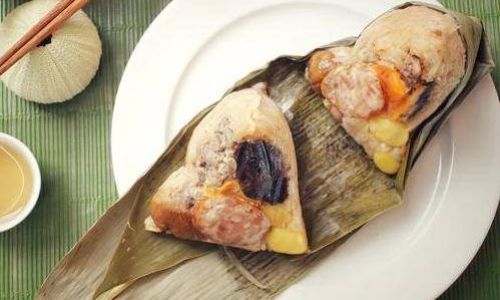
- Preparation: Fill a steamer pot with water and bring it to a boil. Place the wrapped dumplings in the steamer basket, ensuring they are not overcrowded.
- Steaming Time: Steam the dumplings for about 1.5 to 2 hours, depending on their size. Larger dumplings may require additional time.
- Checking for Doneness: Use a toothpick or fork to gently pierce the dumpling. If the rice sticks to the utensil and feels cooked, they are ready.
- Serving: Remove the dumplings from the steamer and let them cool slightly before serving.
Pressure Cooking: The Quickest Method
Pressure cooking is the fastest way to cook glutinous rice dumplings, significantly reducing the cooking time compared to boiling or steaming.
- Preparation: Add enough water to a pressure cooker to cover the bottom by about 1 inch. Place a steamer rack or trivet inside the cooker.
- Adding Dumplings: Arrange the wrapped dumplings on the steamer rack, ensuring they are not touching each other.
- Locking and Cooking: Lock the pressure cooker lid in place and set it to high pressure. Cook for about 45 minutes to 1 hour, depending on the size of the dumplings.
- Natural Release: Allow the pressure to release naturally for about 15 minutes before opening the cooker. This helps to ensure the dumplings are cooked through and not overcooked.
- Serving: Carefully remove the dumplings from the pressure cooker and let them cool slightly before serving.
Microwaving: A Convenient but Less Traditional Option
While microwaving glutinous rice dumplings is not a traditional method, it can be a convenient option for small batches or individual servings.
- Preparation: Wrap each dumpling in a microwave-safe paper towel or place them on a microwave-safe plate with some space between them.
- Microwaving Time: Microwave on medium-high power for about 3 to 5 minutes per dumpling, depending on their size. It’s essential to check the dumplings frequently to avoid overcooking.
- Checking for Doneness: Carefully open the microwave door and use a fork or toothpick to check for doneness. The rice should be sticky and cooked through.
- Caution: Be cautious of steam burns when removing the dumplings from the microwave.
Tips for Faster Cooking
In addition to choosing the right cooking method, here are some tips to further speed up the cooking process:
- Pre-Soak the Rice: Soaking the glutinous rice overnight or for at least 4 hours before wrapping can significantly reduce cooking time.
- Use Boiling Water: If boiling, start with boiling water instead of cold water. This will speed up the time it takes for the water to reach a boil.
- Parboil the Rice: Parboiling the rice before wrapping can also cut down on cooking time. Simply boil the rice for a few minutes, drain, and then use it to fill the dumplings.
- Use a Faster Cooker: Investing in a high-quality pressure cooker or instant pot can drastically reduce cooking time while maintaining flavor.
- Freezing Pre-Cooked Dumplings: If you have leftover dumplings, you can freeze them after cooking. To reheat, simply thaw and steam or microwave for a few minutes.
Conclusion
Cooking glutinous rice dumplings faster doesn’t mean sacrificing flavor or texture. By choosing the right cooking method and incorporating a few helpful tips, you can enjoy these delicious treats in less time. Whether you opt for steaming, pressure cooking, or even microwaving, each method offers a unique way to enjoy this traditional delicacy without the long wait. So, the next time you’re craving zongzi, try one of these faster cooking methods and enjoy the sweet and savory flavors of glutinous rice dumplings in no time.

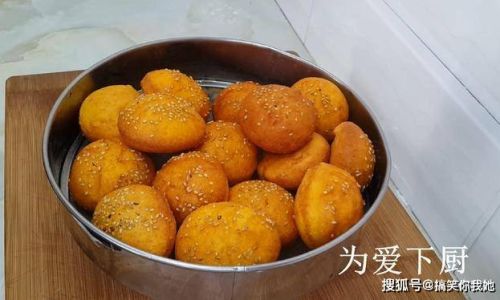
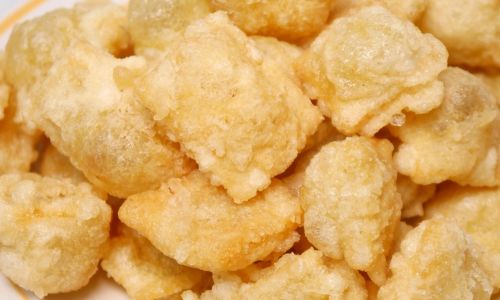
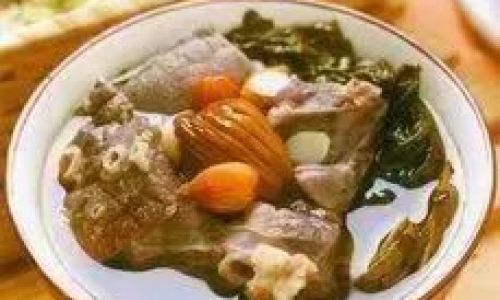

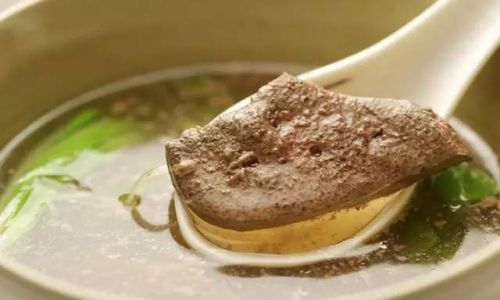
0 comments